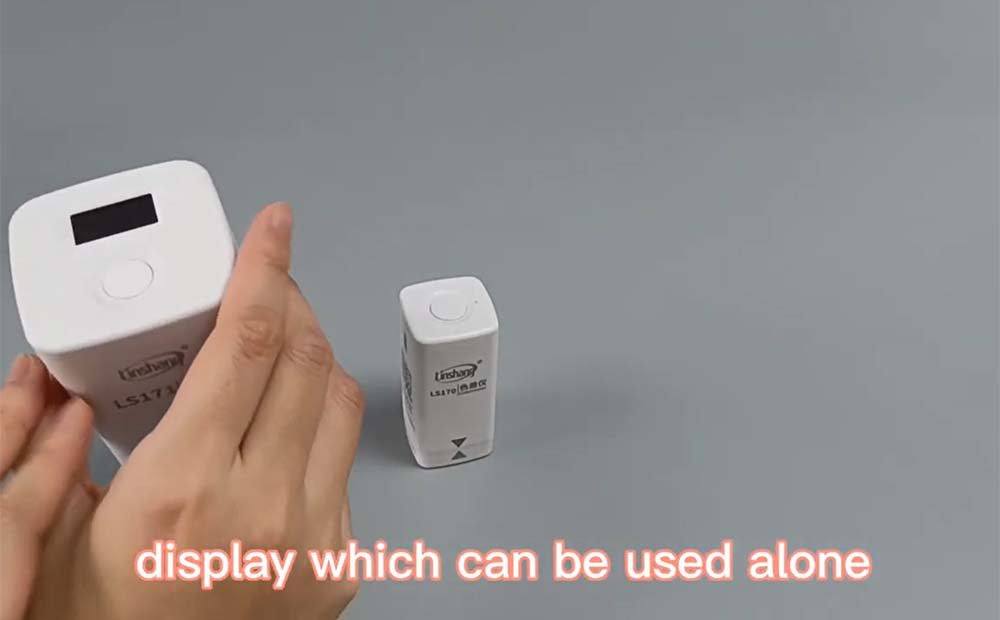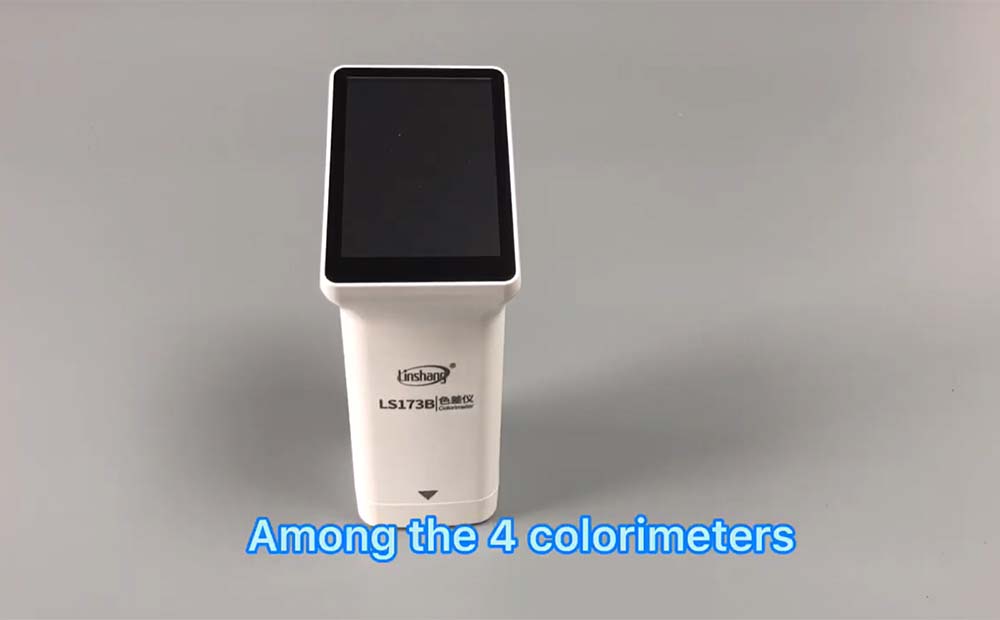What is a colorimeter,and how does it work?
The colorimeter has a built-in light source and color detector. The built-in light source shines on the surface of the object, and the sensor that perceives red, green and blue measures the reflected light on the surface of the object to measure the color of the object.
Why use a colorimeter?
When viewing objects in various lighting situations, people will detect color differences. For instance, when we shop for clothing, the hue of the items will change from what we see when we purchase them at home. The light reflected into the eyes is different because the lighting in the window is different from the lighting inside the house.
A colorimeter must typically be used to measure the color difference between things since it is challenging to determine whether an object has a difference in color using the human eye because it will be influenced by subjective variables.
How does the colorimeter work?
The tristimulus value xyz of the sample is measured using the integration method in a colorimeter, and the parameters like the sample's chromaticity coordinates are then computed. In order to adjust the detector's relative spectrum sensitivity to the CIE-recommended spectral tristimulus value, the detector is often covered with a filter. One integration can be utilized to measure the sample's tristimulus values, x, y, and z, when such three photodetectors are employed to receive light stimulation. To exactly match the photodetector, filters must meet the Luther requirement.
Products
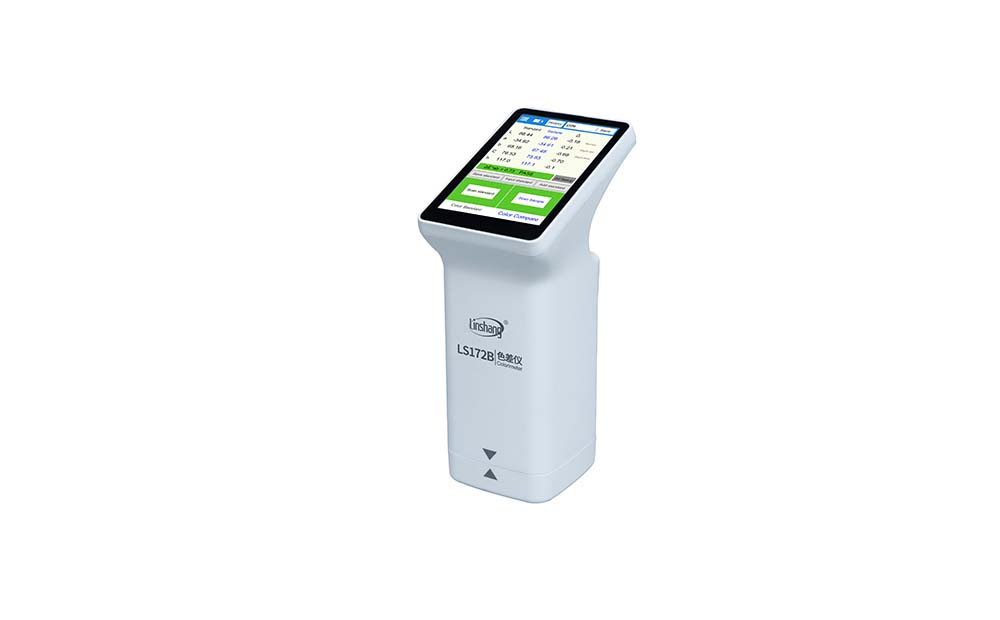
LS172 45/0 Colorimeter with Bluetooth
Color comparison in two steps
Provide mobile App and PC software
ΔE*ab≤0.03
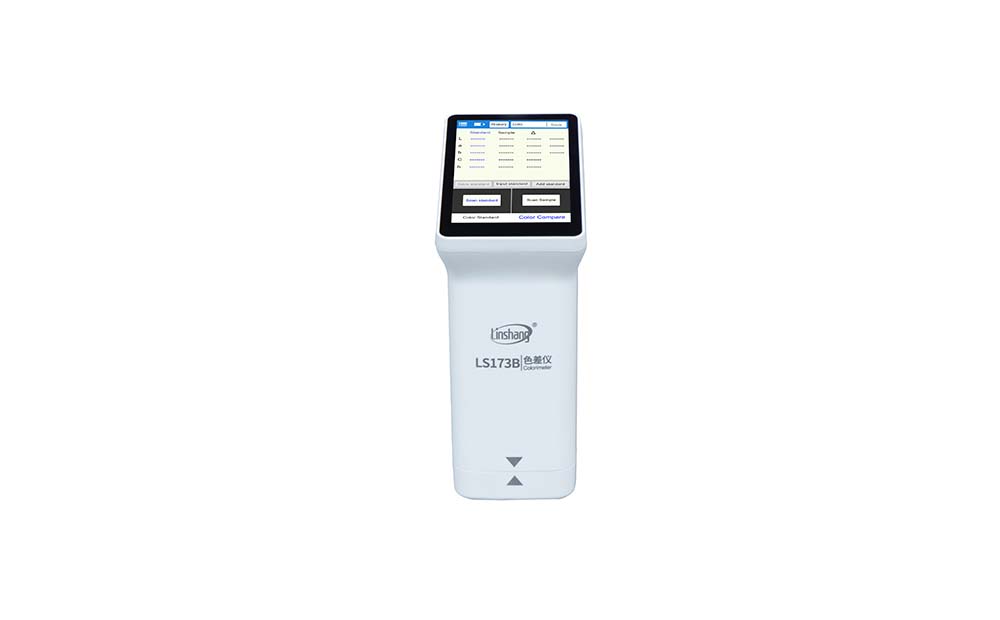
LS173 D/8 Colorimeter with Touch Screen
Color comparison and color measurement
Powerful app expands colorimeter function
QC mode improves inspection efficiency
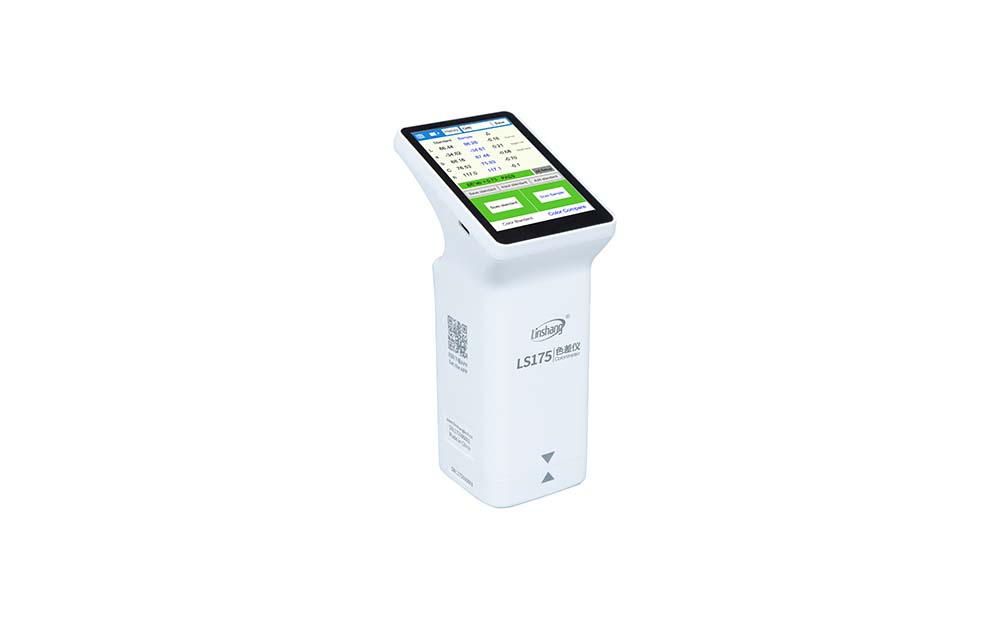
LS175 45/0 Colorimeter with 20mm Aperture
Suitable for color measurement on textured or rough surface materials such as textiles
Color scan and Color comparison functions
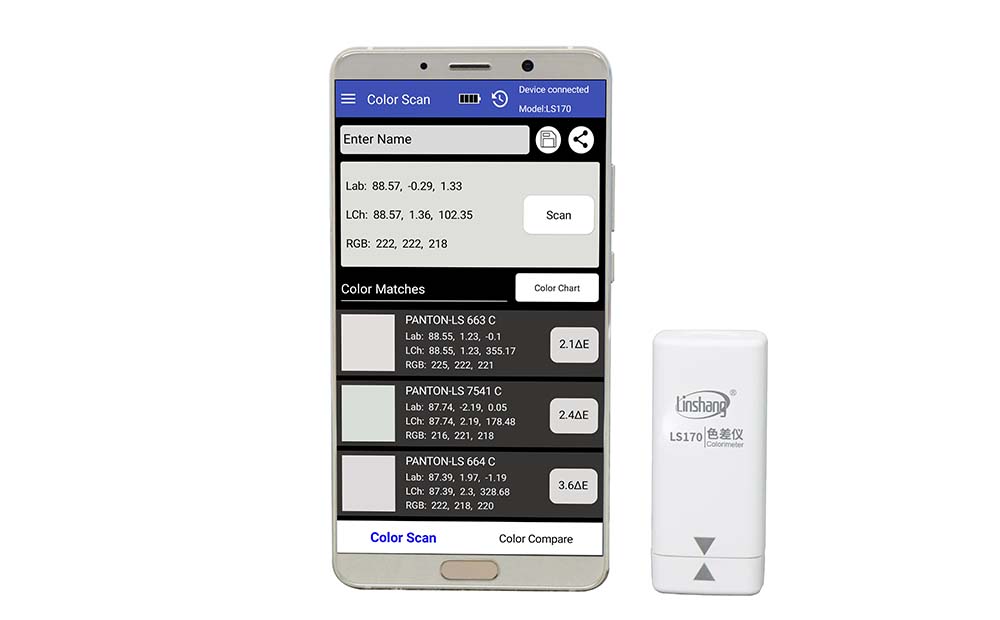
LS170 45/0 Colorimeter
Provide color measurement and color comparison function
Small size, easy to carry
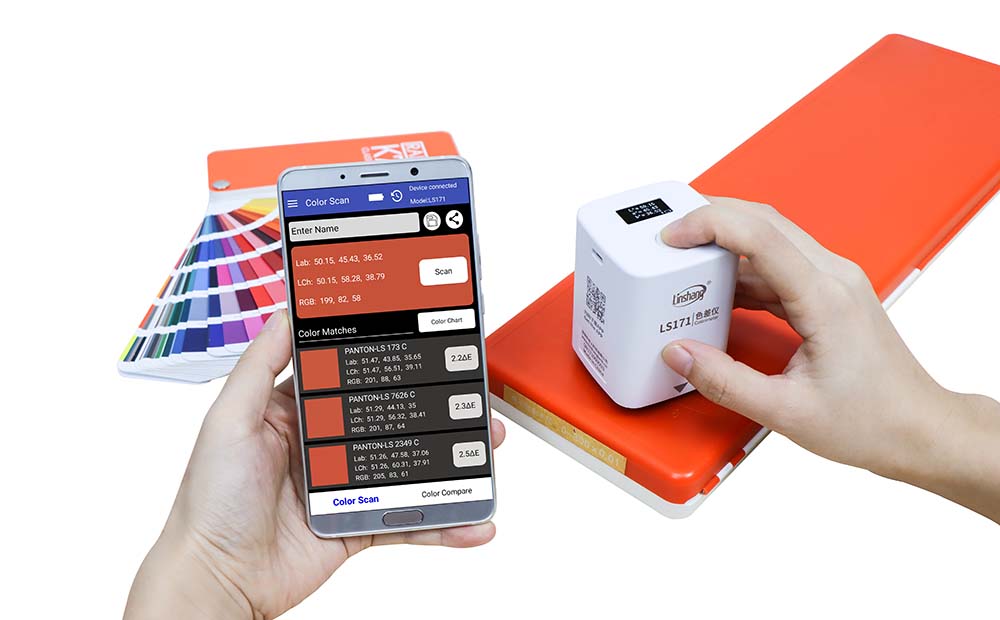
LS171 D/8 Colorimeter
Provide free colorimeter app
Enable to store large amounts of color data
Linshang Colorimeter Classification
Portable Colorimeter
LS170 and LS171 are portable colorimeters with small size and very convenient to carry. Among them, LS170 adopts 45°/0° illumination mode, and LS171 adopts D/8° illumination mode. These two instruments cannot be used alone, and need to be operated with the APP.
Smart touch screen colorimeter
The intelligent touch screen colorimeter is equipped with a 3.5-inch touch screen, which can be used alone. It has a good human-computer interaction interface and is easy to operate. Among them, LS172 and LS172B adopt 45°/0° illumination mode, and LS173 and LS173B adopt D/8° illumination mode.
Portable Spectrophotometer
It adopts D/8° lighting mode, equipped with advanced spectral sensor and curve fitting algorithm to ensure the accuracy of the instrument. It can display professional spectral reflectance curves, and can test parameters such as yellowness and whiteness.
Large aperture intelligent colorimeter
LS175 large aperture intelligent colorimeter adopts 20mm large measurement aperture setting, which is very suitable for color measurement and color difference comparison of textured or rough surface materials.
How to choose D/8°, 45°/0°?
D/8°, 45°/0° are two different lighting methods with different optical geometry.
45°/0° optical path is irradiated to the surface of the material at an angle of 45°, and then received at an angle of 0°.
The D/8 optical path is coated with white diffuse reflection material on the inner wall of the integrating sphere. The light is reflected by the inner wall coating multiple times to form a uniform illumination on the inner wall. The uniform light hits the surface of the material and is received at an angle of 8°.
The D/8° lighting method can be used in general industries, especially for the color difference contrast and color measurement of high-gloss items will be better; for the packaging and printing industry, it is recommended to use 45°/0° lighting method.
How to use the colorimeter?
Let's take Linshang's LS173 portable color difference meter as an example to demonstrate the operation.
1. Calibration:
Start Calibration for Calibration and Skip Calibration can be selected by pressing the gray button on the instrument to power on. Linshang's portable colorimeter has a temperature compensation function, so there is no need for frequent calibration.
2. Color difference comparison:
Click the standard color measurement on the screen to start measurement, and then click the sample color measurement, the instrument will display the LabCh value of the standard color and sample color and the value of △E*ab, set the △E threshold to determine whether the sample color is qualified.
Click the standard color input on the screen, and input the lab or Lch value corresponding to the standard product into the instrument for color difference comparison.
Click Add Standard Color to compare the color difference between the color in the instrument’s built-in personal color card library and the sample color.
3. Color measurement:
Click to select a color card, and you can choose one of the color cards from the built-in electronic color card library and personal electronic color card library to compare with the measured color.
Click Set Parameters, you can choose one of the 7 color parameters to calculate and display the corresponding parameter value.
Click the measurement button on the screen to perform color measurement, and the Lab value corresponding to the color will be displayed. At the same time, the three color numbers, Lab values, and △E values in the instrument's built-in electronic color card library that are closest to the measured color will be displayed.
Precautions for use
The Linshang Portable Color Difference Meter will come with a standard positioning board. When using the instrument, use the positioning board to calibrate the measurement position. If the material with uneven color is placed, the measurement data will be inaccurate due to the influence of the measurement position.
Since different brands of portable colorimeters have different optical structures, the data measured by different optical structures will be different, so the input color value should use the measurement results of the same model;
When measuring the color difference of opaque liquids or powders, you can use a cuvette and turn the instrument upside down to measure the color difference.
